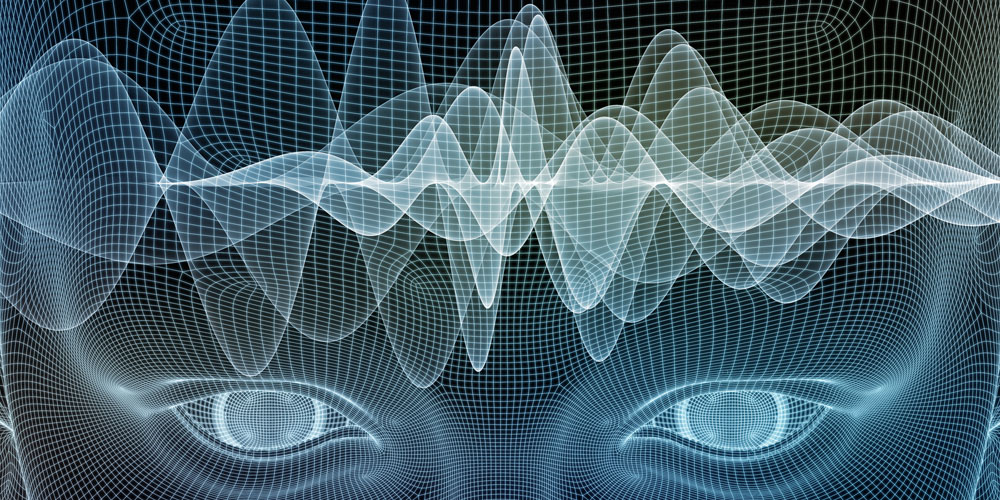Speech Analytics and AI Explained
A Brief Overview of the Technologies Shaping Modern Business
The use of artificial intelligence in speech analytics applications has evolved at a staggering rate. Though many people use these technologies every day, with virtual assistants on smart phones or home speaker devices, businesses are just beginning to understand the benefits of applying them. This post will provide a brief overview of the two technologies, how they work together, and some of the innovative ways businesses employ them.
Artificial Intelligence
For many people this term inspires visions of popular sci-fi characters, synthetic life forms and androids that rival humans in intelligence. The reality, though equally impressive, is not so glamorous (or terrifying). In a nutshell, “artificial intelligence” simply describes the ability of a computer program to use logic for problem solving. This kind of technology is popular today in the development of self-driving cars, data mining, and medical diagnosis. You may be surprised to learn however, that this technology is also what determines your movie suggestions on apps like Netflix. Though it sounds like technology for a distant future, AI is already in use all around us.
Two Kinds of AI
There are two kinds of artificial intelligence; applied and general. Applied AI is designed to tackle a specific task, like playing chess for example, while general AI is designed to perform any task. General AI is capable of learning as it encounters new problems. This development is now referred to as “machine learning.” Machine learning differs from other AI in that it doesn’t explicitly need to be programmed, it can analyze data and determine conclusions without being prompted. Machine learning is popular for predictive analytics and used to provide insights by processing large quantities of data and discovering trends.
The term “deep learning” takes machine learning to the next level. Deep learning AI processes information more similarly to humans because the processing devices are modeled on the brain. This is simpler than it sounds. Deep learning is a less linear process, capable of crunching a larger amount of data through powerful algorithms, and multiple layers of abstraction. To provide an analogy, if artificial intelligence can be represented by 2D, then machine learning would be 3D and deep learning 4D.
Speech Analytics
Speech analytics utilizes automatic speech recognition technology to process, collect, and analyze data present within a verbal interaction. Common metrics include not only specific keywords but also tone, pitch, tempo, and emotion. The combination of this information is analyzed to offer insights into customer experiences, employee performance, and other forms of business intelligence. Because of the growing popularity of data mining, speech analytics has become an asset for many businesses.
Speech analytics technology has evolved greatly over the last ten years. Early commercial versions of the technology were limited to 50% accuracy and required a great deal of attention and programming in order to make sense of the data. Current versions boast averages of over 90% accuracy, and though they still rely on a degree of programming, such as identifying pertinent keywords or phrases, the analysis has become more automated and conclusions more organic. Commercial systems now are designed to produce straightforward trend data in real-time, providing the desired insights nearly instantaneously.
As speech analytics technology progresses it continues to adopt more advanced AI processes like machine learning. The technology is moving towards being capable of not just analyzing the substance of an interaction but being able to put it in context and provide advice for augmenting the caller experience in real time. Some systems are already employing this kind of technology with additional features like “Agent Assist.” Agent Assist features provide an intelligent pop-up for phone representatives that guide them during the course of an interaction with a caller. From warning that the caller is becoming agitated to reminding them to stay on script, Agent Assist features provide needed guidance that ensures the best possible results.
Businesses are already taking advantage of the business intelligence these systems have to offer but the future of the technology holds even greater promise. Now a business can track compliance, customer satisfaction levels, and product or service quality, and use the information to improve processes and stay on top of market trends. As the technology moves into more intelligent learning, and businesses begin to produce more creative applications for their data results, they will soon be able to tailor the customer experience on an individual level. Systems will have the ability to automatically match callers with agents that appeal most to their personalities, suggest offers or incentives with the greatest chance of success, and detect fraud automatically.
Curious how you can put these technologies to work for your business? We can show you how. Contact us today for a consultation and demo of our VoizTrialⓇ Communication and Compliance Suite.
Media Contact:
Gerald Jonathan
541.335.2283
gerald.jonathan@kghawes.com


